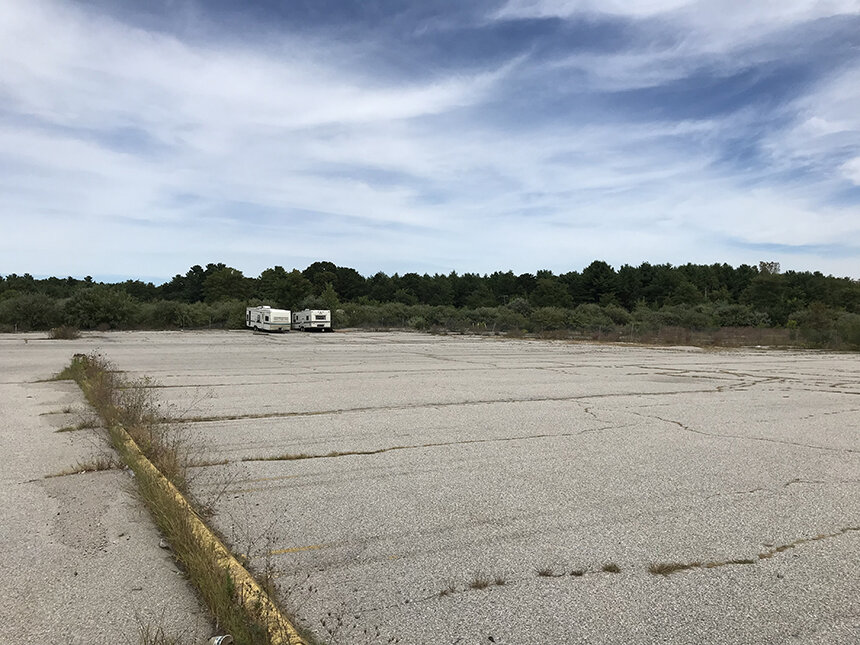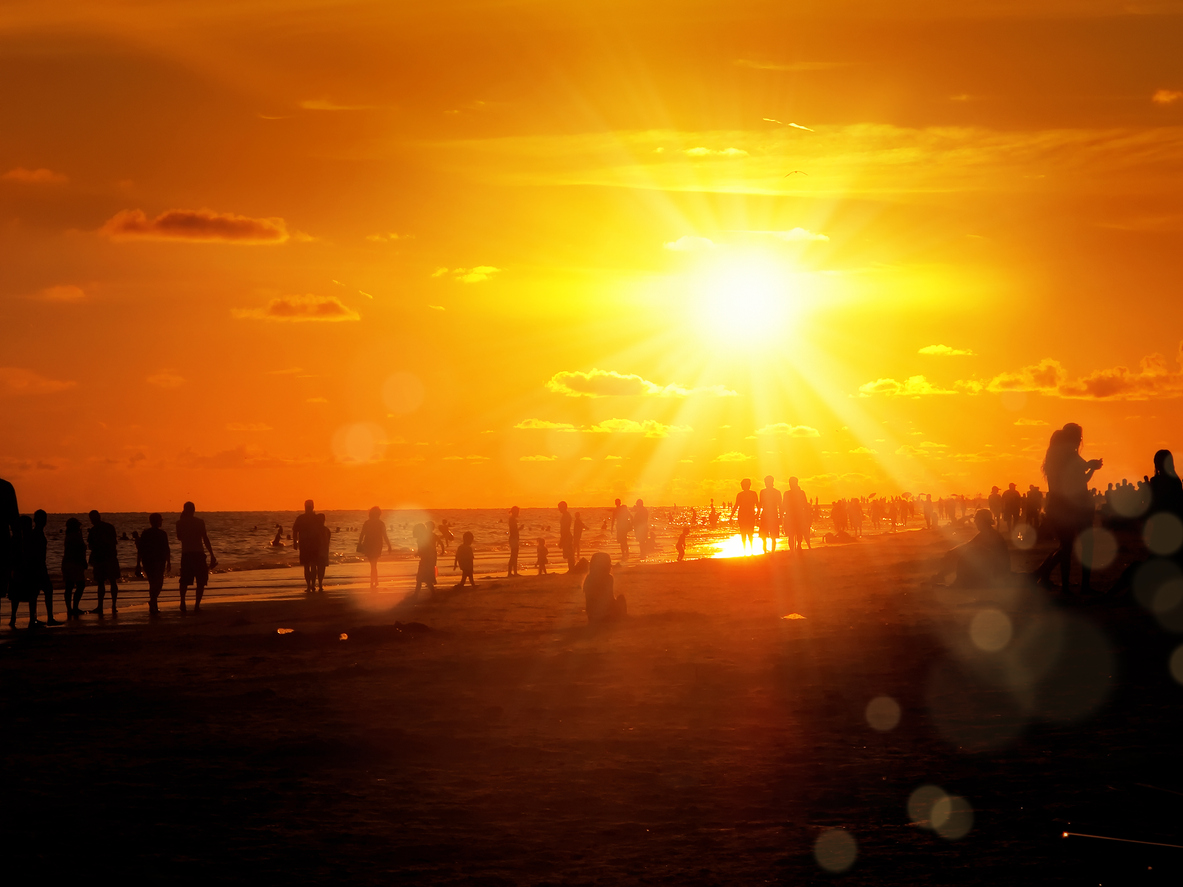Climate Crisis Heats Up Little Rhody the Quickest
September 16, 2019
Rhode Island is heating up faster than any of the other Lower 48 states, a recent report found, and has already surpassed the U.N. threshold of 2 degrees Celsius of warming.
“Rhode Island is the first state in the Lower 48 whose average temperature rise has eclipsed 2 degrees Celsius,” according to a Washington Post story published last month. “Other parts of the Northeast — New Jersey, Connecticut, Maine and Massachusetts — trail close behind.”
The 2015 Paris Agreement calls to hold global average temperature increases “well below 2°C above preindustrial levels” while “pursuing efforts to limit the temperature increase to 1.5°C.” Rhode Island is already locked in for more than 2 degrees.
Nearly three years ago, a team of researchers at the Northeast Climate Adaptation Science Center found that temperatures in the Northeast were projected to rise faster than any other region in the United States and faster than most regions of the world.
“Our work, published only two-and-a-half years ago, predicted that the Northeast would warm faster,” said Ambarish Karmalkar, one of the co-authors on the 2017 study. “We are already observing that.”
The team’s climate models project that by the time the global temperature average reaches 2 degrees Celsius of warming, the Northeast will have reached 3 degrees.
Regional climate modeling, Karmalkar said, is crucial because global temperature averages don’t necessarily reflect what is happening locally. The impacts of the climate crisis, including rates of heating, are distributed unevenly. Oceans warm more slowly than land, and rates of warming differ greatly across continents.
“People are interested in what is happening to their town, their home, the lake where they fish,” Karmalkar said.
While climate scientists are still investigating what is causing the faster rates of heating in the Northeast, the recent observations reported by The Washington Post confirm projections that the Northeast will warm faster.
When members of the Northeast Climate Adaptation Science Center team published their 2017 study, they hadn’t been looking for an explanation for the faster rates of warming, because they weren’t yet aware of the trend. Now, climate scientists are examining the question of why the Northeast is warming faster. One hypothesis, Karmalkar said, is that the rapid rate at which the Gulf of Maine is warming is causing temperature increases in the Gulf Stream along the East Coast.

Humans, of course, can’t feel average temperature, but the actual temperature each day. In these terms, Rhode Island’s warming has already led to two-and-a-half weeks more of days above 80 degrees compared to the 1950s, researchers from Brown University found. One of these researchers, Greg Wellenius, an associate professor of epidemiology, studies the health impacts of these increases.
“Rhode Island has already warmed a lot,” he said, “We’re already feeling the effects.”
The United Nations’ 2-degree target is the result of a political battle more than any scientifically grounded point of no return.
“Two degrees was thought of as a warming level that we could adapt to,” Karmalkar said. “But there’s nothing particularly scientific about that target.”
At the same time, however, each additional degree of warming will be more and more dangerous to the health of Rhode Islanders, Wellenius said. The next two degrees of warming will be more deleterious than the first two, he added.
His research forecasts more than 1,000 additional emergency room visits and 40 more deaths by 2050. In another study, Wellenius found that warmer winters will result in fewer visits, but not enough to cancel out increased summer visits.
Wellenius recognized the efforts Rhode Island has made to reduce carbon emissions, from the nation’s first offshore wind facility to private organizations pledging to go carbon neutral. Still, he said, the state must also prepare and adapt to the temperature increases it is already experiencing.
“There’s a tremendous amount that needs to be done,” Wellenius said. “It’s here and more is coming.”



